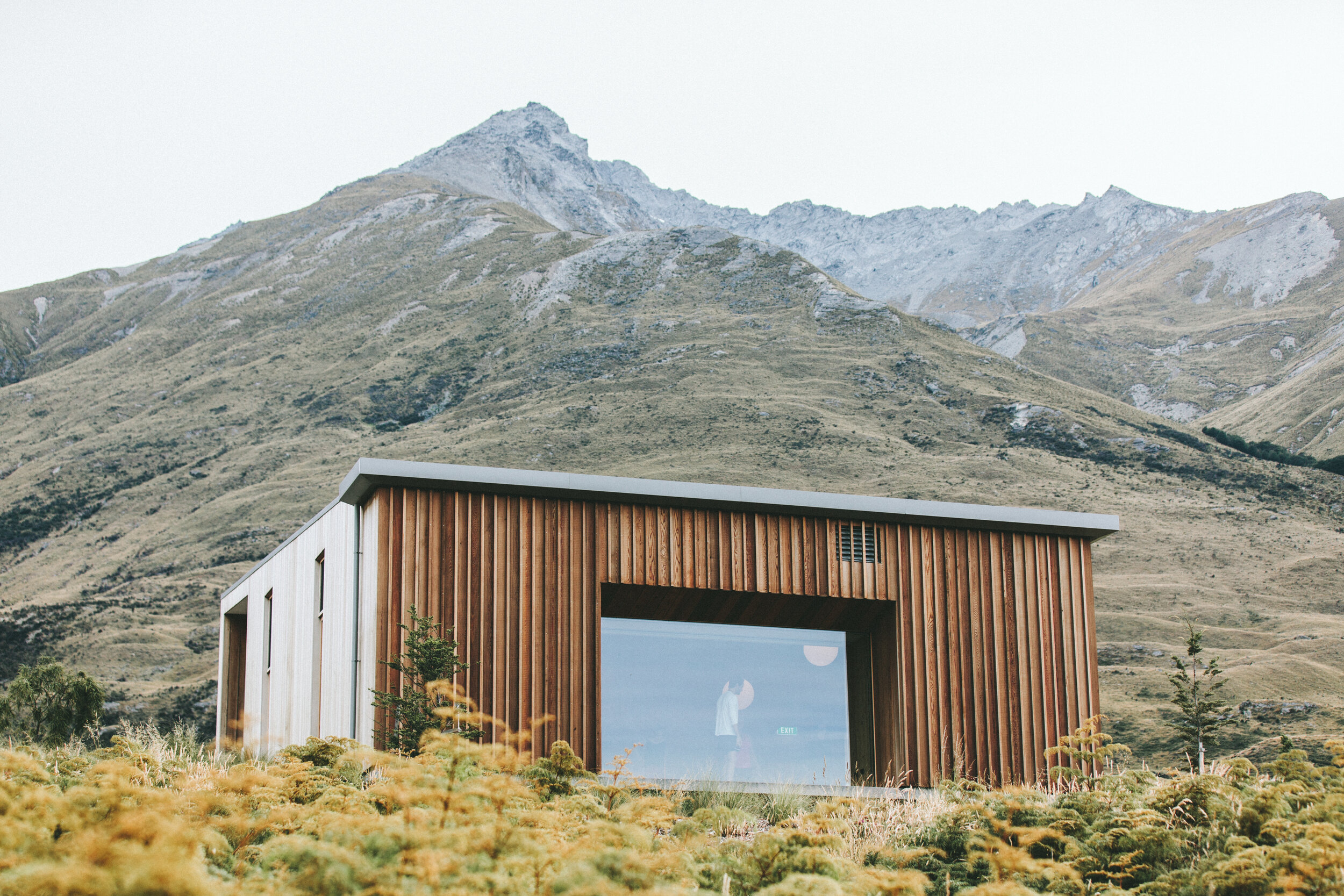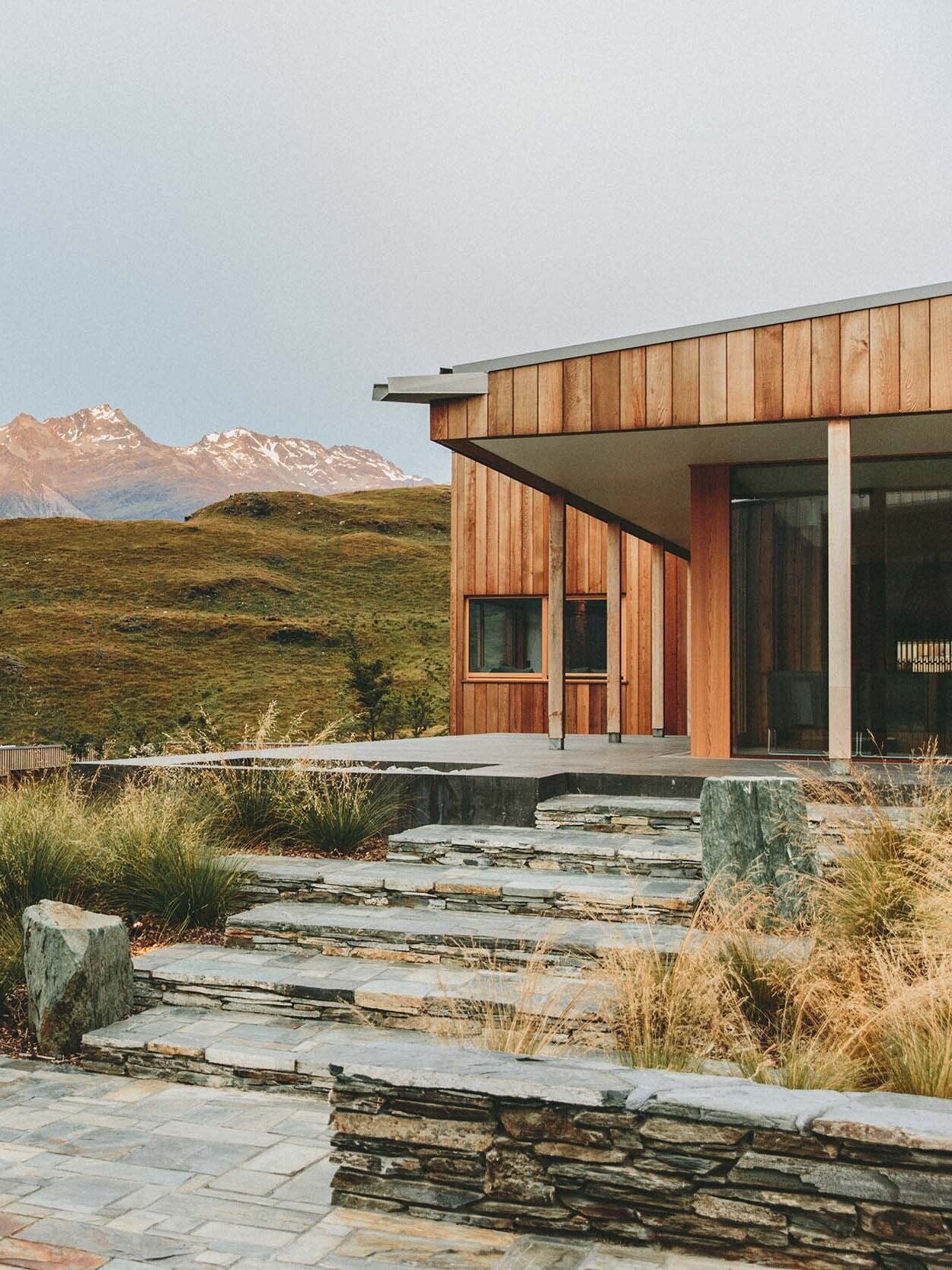Benefits of composting
-

Reduce Greenhouse Gasses
When we toss food scraps in the trash they are sent to a landfill where they sit and give off methane, a greenhouse gas.
-

Prevent Climate Change
Greenhouse gases are a major contributor to climate change, by reducing them we do our part in fighting climate change.
-

Improved Water Quality
Use of compost reduces the need for chemical fertilizers which pollute our water.
-

Improved Soil Quality
Use of compost improves soil structure, soil aeration, water retention, and helps control erosion. It also hold nutrients to promote plant growth.
-

Reduced Chemical Use
Soil enriched with compost hold nutrients and retains water meaning less chemical fertilizers are needed.
-

Reduced Landfill Growth
By removing food scraps from our trash, we send less overall materials to our landfills.
-

Lessens Personal Waste
The act of composting make us all aware of our personal waste making us more conscious consumers.
-

Local Community Benefits
Strengthens the local community through job creation, food security, education, and a better environment.
What is food scrap recycling?
Every year millions of tons of food waste is sent to our landfills. Food scrap recycling is the process of collecting our food scraps in a separate receptacle so that they can be diverted from the landfill and processed into a nutrient-rich soil product called compost.
What is compost?
Compost is a soil-like product resulting from the controlled biological decomposition of organic material such as plant and food waste.
Compost is a valuable soil amendment that improves soil structure, aids in necessary microbial activity in the soil, attracts beneficial insects and worms, suppresses several soil borne diseases, and holds nutrients in organic or slow release form, allowing for their availability throughout the growing season.
How do my food scraps become compost?
The process of turning food scraps into compost is called composting.
Composting is done by mixing food scraps (nitrogen-rich materials or “greens”) with carbon-rich materials (or “browns”) and exposing this mixture to the right amounts of moisture and oxygen.
Typically, food scraps are combined with these carbon-rich materials such as dead leaves, paper, cardboard scraps, and wood chips in a large pile. This pile is then frequently turned or mixed to expose the materials to oxygen to support the natural process of decomposition.
The process outlined above is the process we use to turn your food scraps into compost, a nutrient rich soil amendment. Learn how to use your finished compost here!
